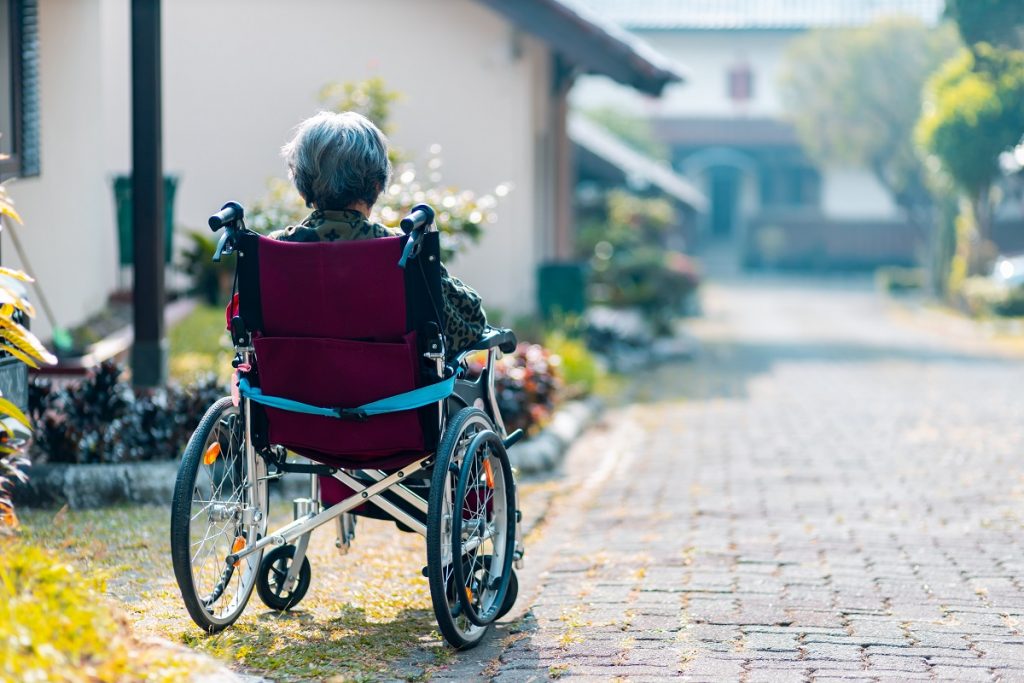If a family member is bound to a wheelchair, choosing the right home is imperative for comfort and safety. Modifying a home to be wheelchair-accessible is an excellent way to make life comfortable and safe if you are dealing with disability in the family. However, not all houses are suitable for people in wheelchairs. Here are some tips to help you choose a wheelchair-friendly home.
1. Opt for a single-level home
While looking at a property for sale in Donnybrook or other places, focus on single-level houses first. Having a single-level home ensures that your handicapped family member will have access to all the places in the house, most especially the living areas, the bathroom and their bedroom. Alternatively, you can consider two-storey homes with a bedroom and a full bathroom on the first floor. But if your handicapped family member requires constant care, having your bedrooms on separate floors can make it harder for you to attend to their needs.
2. Prioritise wider entryways and hallways
Pay attention to the width of a house’s entryways and hallways. A wheelchair-friendly home should have enough space in these places to fit a wheelchair without it getting stuck when manoeuvring around. More importantly, the person in the wheelchair should be able to get through these doorways and hallways by themselves without much difficulty.
3. Say no to carpets
If you’re considering a home that has wall-to-wall carpet, include carpet removal in your budget. Not only does carpet make it harder for people in wheelchairs to move around, but it also collects the dust and dirt that get stuck on a wheelchair’s wheels. So as much as possible, choose a home that has wooden, tile or linoleum flooring instead of carpet.
4. Make sure the bathrooms are big enough
For people in wheelchairs, having a larger bathroom is a must. The bathroom of your chosen house must be big enough to fit a wheelchair and possibly a helper if the handicapped person needs one. Moreover, the bathroom must be modifiable to fit accessibility aids such as a walk-in bathtub, a sit-down shower, handrails and a handicap-friendly toilet.
5. Consider proximity to necessities
Another crucial factor that you have to consider is the location of the home you’re considering. Are there nearby hospitals, grocery stores, petrol stations, schools and other necessities? For a person in a wheelchair, having the basic amenities within a good distance makes it easier for them to travel to and fro and get their errands done quickly. Moreover, it also pays off to check which of these places are accessible to people in wheelchairs.
6. Take note of possible obstacles

As you’re touring a home, take note of any and all potential obstacles you can find. This list can include things like steps, uneven flooring and sharp edges on counters. Afterward, think about the modifications you would have to make to turn the house into a disability-friendly home, as these modifications can significantly affect your housing budget.
Making a home wheelchair-friendly starts with choosing the right house. When looking for the perfect home that will fit your family’s needs, keep these tips in mind—and don’t forget to consider your handicapped family member’s opinions and preferences.

